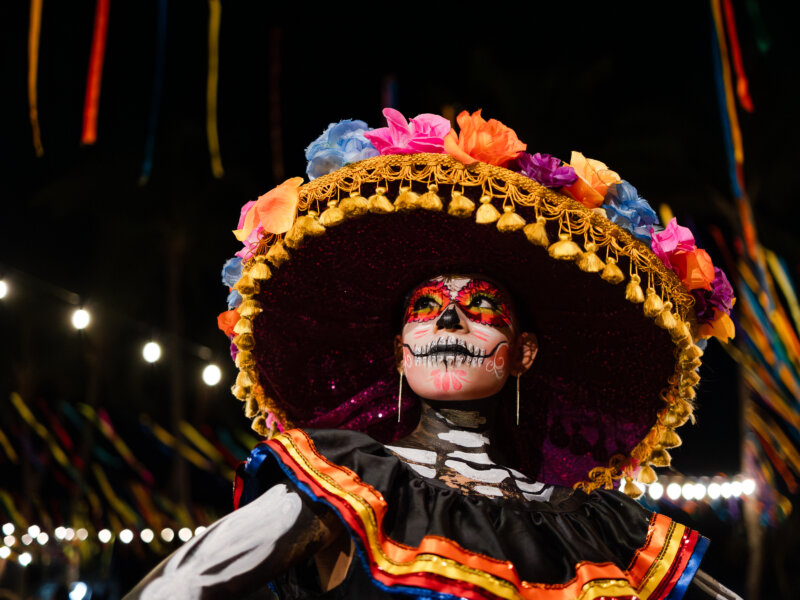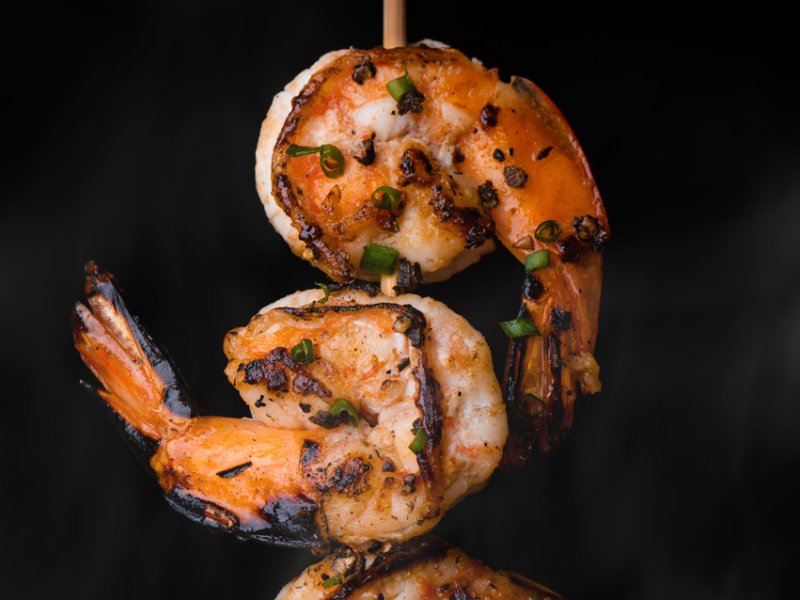It’s Time to Celebrate the Kids in our Lives!
By Verónica Toro
Translated by Niyma Bieber
Children’s Month is Here!
The origins of this celebration date back to November 20th, 1959, when the UN General Assembly in Geneva adopted the Declaration of the Rights of the Child. This is the official international day of the child.
The Convention on the Rights of the Child, established in 1989, came into force on September 2nd, 1990. However, each country decided to assign a their own special day for the celebration of children; in Mexico the date is April 30th of each year, chosen during the presidency of Álvaro Obregón and Minister of Education, José Vasconcelos.
What do people normally do on this day?
The answer to this question is simple: whatever it takes to please the child. If there was ever a day for indulging the whims of children, this is it! And, over the years, the number of available recreational and creative activities has increased exponentially, offering children endless possibilities for fun.
Parents usually give their children some kind of gift, be it a toy, clothes, or even a pet like a fish, dog or rabbit. Other options include going to the movies, renting a bounce house, going to a parade, having a costume party, or just enjoying Mexico’s lively street life of balloons, popsicles, ice cream, salty fried snacks, sweets, music, dance and various performers.
Schools often have festivals or organized outings to places like museums, the zoo, theaters or cinemas. And of course there is always the beauty salon for girls and super hero face paint for boys.
Traditional Mexican toys
This section is dedicated to remembering with pleasure – and a certain nostalgia – the traditional Mexican toys which in their day entertained children in a completely innocent way; times when a Game Boy or Super Nintendo were considered “booms” in technology.
• Spinning Top
A traditional game using a pear-shaped wooden top. The top has an iron barb on its tail, which is interchangeable in order to “make the top dance” in different ways. You wind a cord from the tip to the halfway point of the top. The cord is then pulled to launch the top, making it land on the floor and spin. Players compete to do different tricks, like making the top go in a certain direction or “dance” for longer.
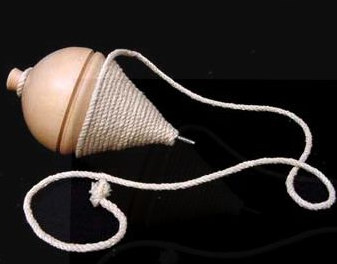
[SOURCE] http://lecoqenfer.blogspot.mx/2011/02/juegos-juguetes-nostalgias.html
• Yo-yo
Consists of skilfully raising and lowering the yo-yo. The actual toy is formed by two equal hemispheres held together with a pin. A string is wound tightly around the pin, and once released, will make the yo-yo go up and down. The word yo-yo comes from the Tagalog language of the Phillippines and means come-come.
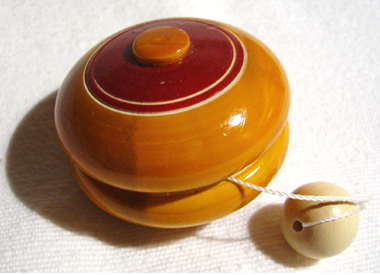
[SOURCE] http://www.10puntos.com/los-10-juguetes-clasicos-de-nuestra-infancia/
• Jacks
A game of skill and dexterity that is played on a smooth surface. The jacks are dropped onto the surface. The player then bounces a rubber ball next to the jacks, and must pick up a piece and catch the ball with the same hand. They then pick up two pieces, three pieces and so on up to ten pieces. The player loses when he or she does not catch the ball or moves pieces when trying to pick up others.

[SOURCE] matatena.mex.tl
• Marbles
Small spheres of stone, clay and glass that are classified into two groups in Mexico: the agüitas (glass, single color) and clubs (transparent with brushstrokes of different colors inside).
The game should be played on a flat surface. The marble is thrown with one hand, which must remain firmly on the ground. The most common ways of throwing were “huesito” (the marble is held between the thumb bent and index finger), and “de uñita” (between the thumbnail and the hollow formed by the curve of the index finger).
The game varied according to certain goals, which were given an endless number of names. The most common were the hoyito, the wheel and the cocol; this is undoubtedly one of the most popular games throughout history.
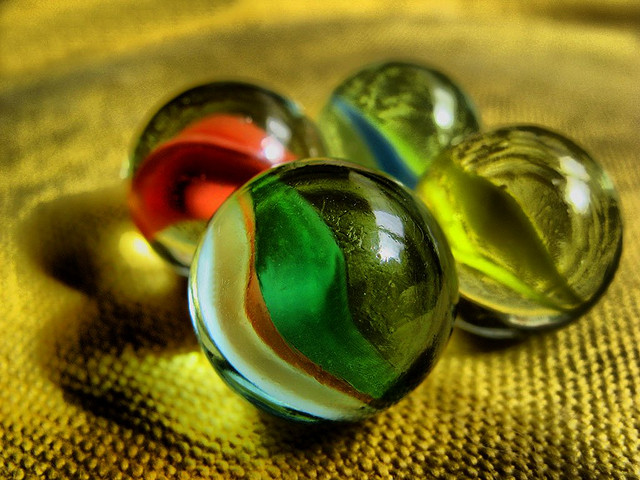
[SOURCE] http://www.flickr.com/photos/arbegofoto/2430948069/sizes/z/in/photostream/
• Group Games
These were games played in school and neighborhoods starting at preschool age. Group games are traditional games, passed down from generation to generation; they are played while singing rhythmic and rhyming songs that promote physical activity, competition and teamwork…how could anyone forget “La Rueda de San Miguel”, “La Vibora del Mar”, the “Calabaceados” or the “Matarilerileró”?
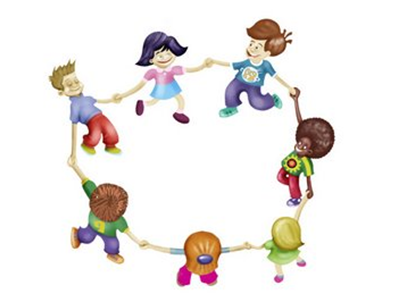
[SOURCE] maestrodecorazontalosh.blogspot.com
• Lotería
This is a quintessential Mexican game resembling bingo in the United States, with the exception of images being used instead of numbers.
It is played among 6 people and a ” gritón” who calls out and shows the images on a set of cards. The images are printed on larger cards in different orders. Each player has a large card, and places a coin or small object on the different images as they are called out by the gritón. The winner is the person who covers every space first and yells “lotería!” – this final shout is decisive and mandatory.

[SOURCE] moscasdeverano.blogspot.com
These games and many more have been legendary in the entertainment of Mexicans throughout generations. However, we find that children’s current taste in toys is very different from what it was a few decades ago. With the advancement of technology, entertainment has changed radically: game consoles, tablets, gadgets and smartphones are the new trends; a clear sign of technological progress and above all, the evolution of children’s entertainment.
Whatever the means or method, celebrating little ones is not just about seeing them smile, but about allowing us as adults to join in the fun and feel like kids again!






